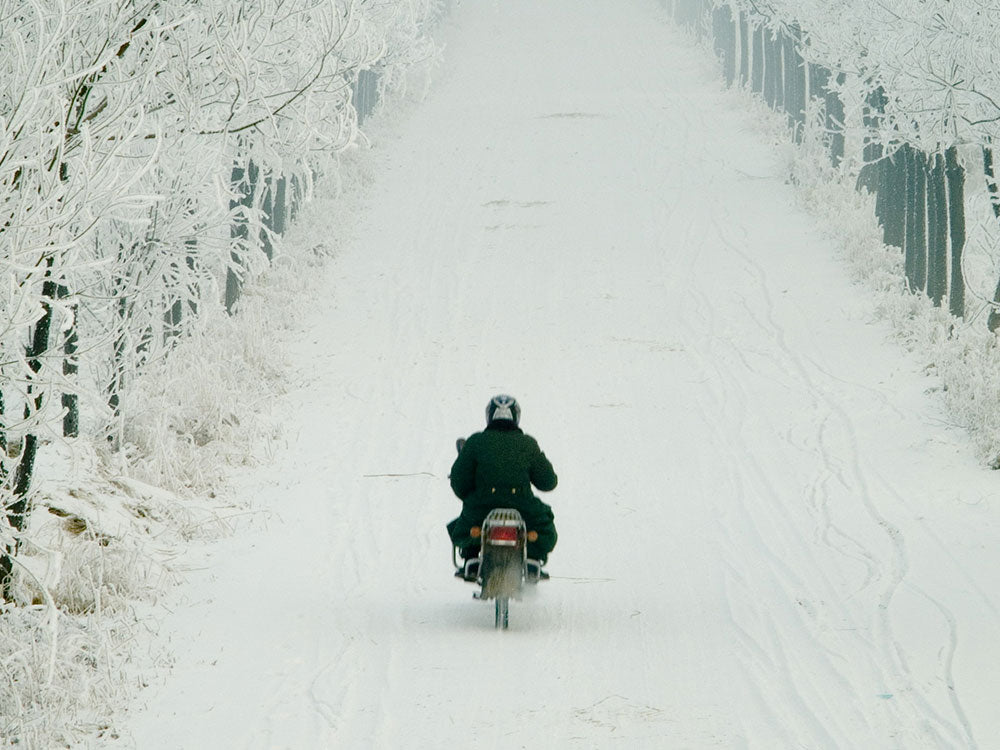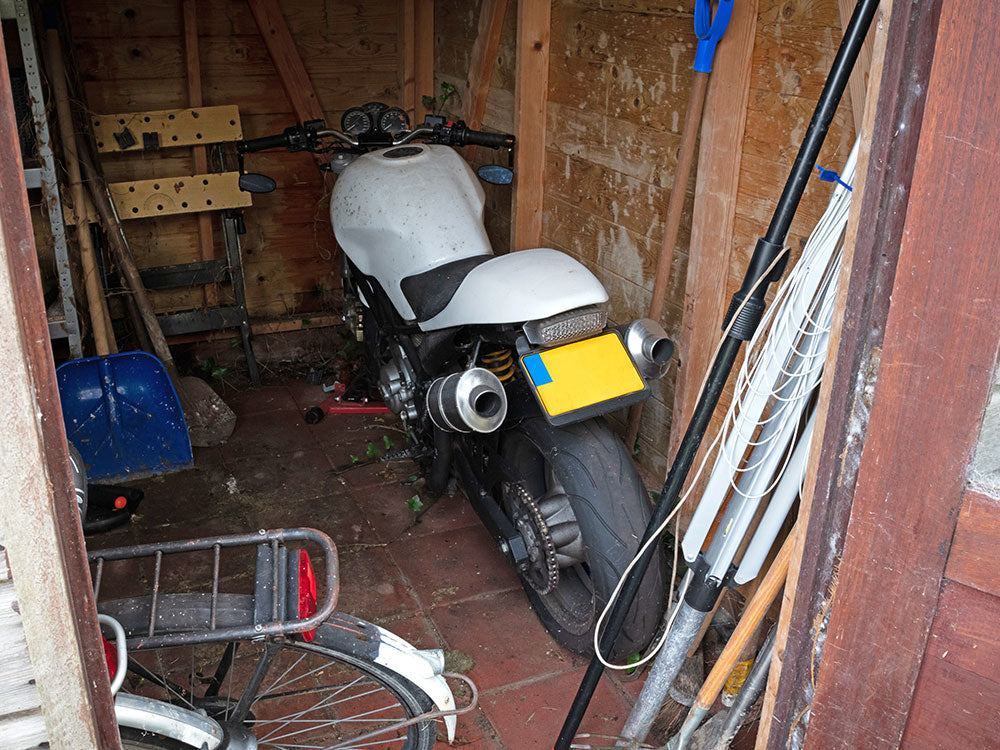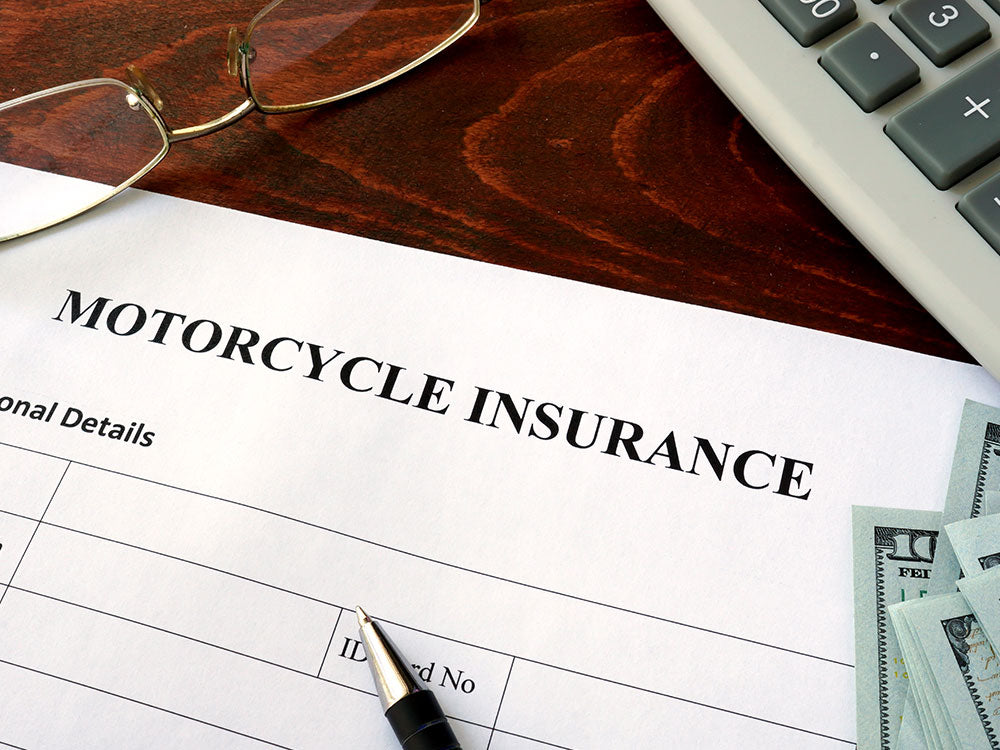Table of Content
Winter motorcycle riding may be challenging, but with the correct equipment and some helpful advice, it is possible to ride your motorcycle during this winter season. Below are ten tips on how to ride a motorcycle in snowy and icy conditions.
1. 10 Tips for Winter Motorcycle Riding
1.1 Wear Suitable Winter Motorcycle Clothing
Choosing the right winter motorcycle gear will make riding in snowy weather easier. Riding in low temperatures can cause motorcyclists to become fatigued, come down with hypothermia, and reduce reaction time if they don’t wear appropriate clothing. Heavy snow can obscure your sight, making it difficult to spot other vehicles and for other drivers to see you, increasing the likelihood of getting into an accident.
Also Read: Winter Motorcycle Ride Planning Tips
Listed below are examples of required winter motorcycle riding gear:
Helmet:
A helmet with a face shield will protect your eyes and face from snow and cold winds. To be able to avoid incoming dangers, it is necessary to protect your eyes so you can see and avoid hazards.
Gloves:
Gloves will protect your hands from getting cold and losing their grip on the handlebars. Choose gloves that are thick and insulated. It is recommended you go for electric gloves as they provide better protection from wind and snow.
Layering:
Layering helps keep riders warm and comfortable while riding in snowy and icy conditions. Wearing layers means putting on a base layer, middle layer, and outer layer. The base layer includes long sleeve shirts and long pants. It helps absorb and evaporate sweat during rides.
The middle layer includes fleeces and neck collars. It prevents cold wind from hitting your body and helps you retain body heat. If the temperature is extremely low, it is best to add another layer for extra protection and insulation.
The outer layer includes a winter suit, waterproof jacket, neck warmer, gloves, and boots. It takes the brunt of winter weather conditions and protects your body from coming down with hypothermia.
You should carry some extra clothes in your motorcycle luggage. If you would like to increase motorcycle storage capacity, get yourself leather, hard , or universal saddlebags. You can save some money by getting aftermarket parts, including sissy bars, crash bars, or fairings.
1.2 Watch Out for Cracks Caused by Salt, Black Ice, and Snow Plows
Black ice is s a thin layer of ice that blends into the surface of the road. Black ice can cause a loss of traction and increases the risk of an accident. Keep a keen eye on black ice while riding to protect yourself from slipping down.
To melt the ice on the roads, layers of salt are scattered around to help clear the roads. Salt can be damaging to your motorcycle as it can cause corrosion. To keep your motorbike from rusting, clean it regularly and wash it immediately to prevent salt from accumulating on your motorbike’s chassis.
When riding a motorbike during the winter, keep an eye on the road for any cracks caused by snow plows. Due to their sharp blades, snow plows can cause cracks in the road while removing ice and snow. These cracks can cause your motorcycle’s wheels to get caught so be careful while riding during the winter.
1.3 Change Engine Oil Frequently
The best time to change the engine oil is during winter when your bike stays stationary for the longest time throughout the year. Start up your motorcycle’s engine and wait a few minutes so that engine can warm up. Drain the old oil from the engine as the old oil may have contaminants that can cause corrosion. When refilling the engine with new oil, keep in mind that the type of engine oil you used will depend on the bike's specifications.
Also Read: 10 Signs your Motorcycle needs an Oil Change
1.4 Increase Following Distance and Visibility
Another tip on how to ride a motorbike safely during winter is to increase your following distance and visibility. Doing so will give you more time to react to danger and make it easier for you and other drivers to spot each other.
Because there is less traction on icy roads, you will need more time and space to apply the brakes if the vehicle ahead suddenly stops.
1.5 Avoid Riding While It’s Snowing

It is better not to ride a motorcycle while it is snowing. Look at the weather forecasts before going out on your motorcycle; if there is a high risk of snowfall, avoid going outside with your motorbike.
But if you are outside and it starts to snow, it will eventually make it more difficult to control your bike. When it begins to snow, go straight home. If you are far away from home, stop and go to a nearby mall or any other shelter nearby.
1.6 Ride Slowly
When riding in cold weather, take it extra slow on the accelerator and try to avoid any abrupt movements like braking, turning, or swerving suddenly.
1.7 Learn Key Riding Techniques for Snowy Conditions
If you enjoy riding your motorcycle in the snow, it is important to learn riding techniques suited for snowy and icy road conditions.
Sliding and skidding are the major dangers motorcyclists will encounter when faced with snowy conditions. If you find yourself sliding, you can regain control of your bike if you know the techniques to help you regain balance.
Here are examples of how to avoid sliding:

- Ride slowly over ice patches and black ice on the road to avoid sliding.
- Avoid leaning too far towards either side. The shifting in weight may cause your motorcycle to slip.
- Make a plan on how you should react should your motorcycle’s tires lose traction.
1.8 Install Winter Motorcycle Parts
Make some modifications to your motorcycle so it is better equipped and safer to ride during the winter.
Here are a few examples of winter motorcycle parts:
Windshield
Even if you are wearing winter clothes, being blasted by wind can lower your body temperature and cause fatigue. A windshield can protect your body from incoming cold winds.
Winter Motorbike Tires
Winter motorbike tires are heavily-built and provide extra traction that prevents sliding and slipping.
Thermometer
A handlebar thermometer will help you get a read of the air temperature and your body temperature.
1.9 Warm Up Before riding in the Winter
Snowy conditions can badly damage your motorcycle.
Here are a few precautions you should take to keep your bike in better condition:
- Motorcycle batteries perform worse in extremely cold temperatures. Because it takes longer to charge, you should keep it connected to a trickle charger so that it is steadily being recharged when not in use.
- Before winter, inspect your bike and change out the motor oil. Follow the guidelines on your service manual about the changing viscosity of motor oil in colder temperatures.
- Start up your motorcycle and wait for the engine to warm before riding in the winter. Each motor is made of different metals that heat up at different rates. Warming up the bike will cause the oil to circulate throughout the motor
1.10 Motorbike Fluid Management in Cold Weather
During the winter, it is essential to maintain your bike by checking its fluids. To avoid any damage to your bike, keep checking the antifreeze and motor oil frequently.
You must also keep your motorcycle’s fuel tank full to prevent gas lines from freezing. Check the instruction manuals as each motorcycle may require specific brands of fluids.
2. Is It Safe to Ride a Motorcycle in Snowy Conditions?
It is not safe to ride a motorcycle in the snow if you are a beginner or have never ridden during winter. But if you want to experience riding your motorcycle in the snow, it is recommended you acquire proper motorcycle gear and parts. It is safer to ride a motorcycle during the winter if you are well-prepared and have all the necessary gear, Such as motorcycle clothing, a windshield, a helmet, and winter tires.
Winter tires are most important as they provide better traction control and keep your motorcycle from sliding. In addition to winter tires, it is advised you check the conditions of the roads before going out on a motorbike ride. Avoid slick roads as it is harder to control motorbikes and can result in serious accidents.
Another thing that you must look out for while going out for a ride during winter is black ice. If you encounter black ice, slow down to avoid loss of traction.













Leave a comment
All comments are moderated before being published.
This site is protected by hCaptcha and the hCaptcha Privacy Policy and Terms of Service apply.